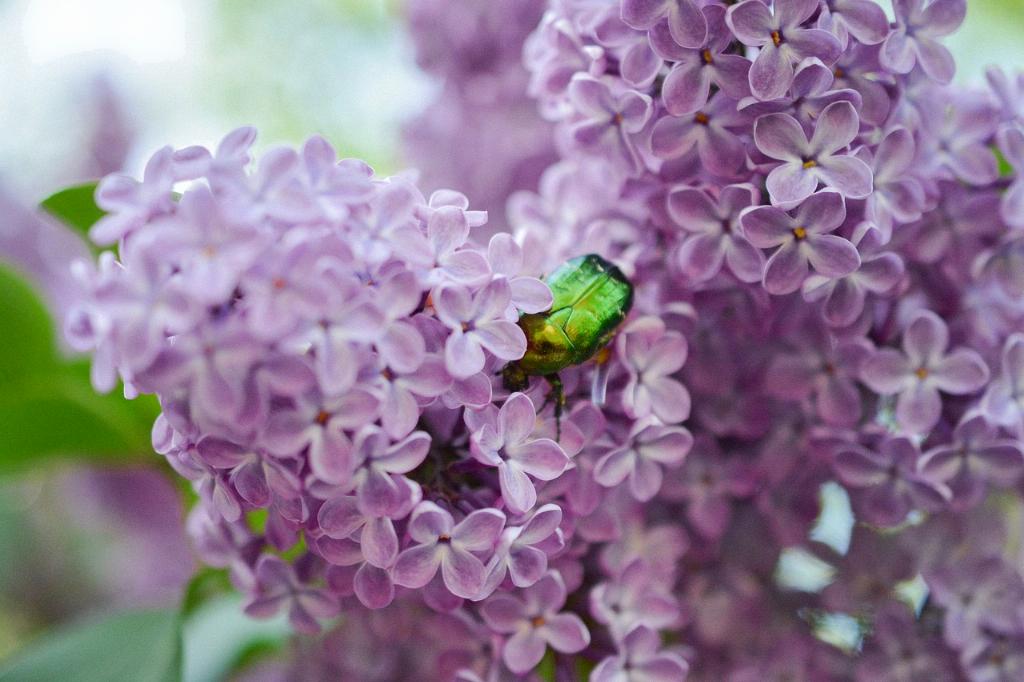When it comes to growing lilacs, the first step is selecting the ideal location for your plants. Lilacs thrive in areas that receive ample sunlight, reaching for at least 6-8 hours a day. It’s essential to ensure that the soil is slightly alkaline, with a pH level between 6.5 to 7.0. In addition to this, the soil should be well-drained and rich in organic matter.
Conducting a Soil Test
Before planting your lilacs, it’s crucial to perform a soil test to determine the pH level of the soil. If the pH falls below the recommended range of 6.5 to 7.0, you may need to add lime to increase it. By ensuring that the soil is optimized for lilac growth, you’re setting the stage for healthy and vibrant plants.
Preparing the Soil
Once you have adjusted the pH of the soil to the appropriate level, it’s time to prepare the planting area. Make sure to till the soil thoroughly, mixing in compost or well-rotted manure to enhance its nutrient content. By providing your lilacs with nutrient-rich soil, you’re creating a favorable environment for them to flourish.
Choosing the Right Lilac Variety
There are various lilac varieties to choose from, each with its unique characteristics and blooming seasons. From common lilac to French lilac, explore the different options available and select the variety that best suits your preferences and climate conditions. Consider factors such as bloom color, fragrance, and size when making your decision.
Planting Your Lilacs
When planting your lilacs, make sure to dig a hole that is twice as wide and deep as the root ball of the plant. Gently remove the plant from its container and place it in the center of the hole. Backfill the hole with soil, pressing gently to eliminate any air pockets. Water the plant thoroughly to help it establish in its new environment.
Watering and Fertilizing
Proper watering is essential for the growth of lilacs, especially during the first few years after planting. Keep the soil consistently moist, but avoid overwatering to prevent waterlogged conditions. In addition to watering, you can fertilize your lilacs in the early spring with a balanced fertilizer to promote healthy growth and abundant blooms.
Pruning Your Lilacs
Regular pruning is key to maintaining the health and shape of your lilacs. It’s recommended to prune your lilacs immediately after they finish blooming, removing any dead or damaged branches and shaping the plant as needed. Pruning encourages new growth and enhances flower production in the following years.
Dealing with Pests and Diseases
Keep an eye out for common pests such as aphids, scale insects, and powdery mildew that can affect the health of your lilacs. In addition to pests, lilacs are susceptible to diseases such as bacterial blight and verticillium wilt. Regular inspection and proper care can help prevent these issues and ensure the longevity of your plants.
Enjoying the Beauty of Lilacs
Once your lilacs are well-established and blooming, take the time to appreciate the beauty and fragrance they bring to your garden. Whether used as a focal point in a landscape or cut for floral arrangements, lilacs add a touch of elegance and charm to any setting. Sit back, relax, and savor the delightful sight and scent of your blooming lilacs.
Sharing the Joy of Lilacs
As your lilacs mature and multiply, consider sharing the joy of these beautiful plants with friends and family. Propagate your lilacs through division or cutting and gift them to loved ones, allowing them to experience the enchanting beauty of lilacs in their own gardens. By spreading the love for lilacs, you’re creating a community of lilac enthusiasts who appreciate these timeless flowering shrubs.
Experimenting with Lilac Cultivation
Once you’ve mastered the basics of growing lilacs, you can explore different cultivation techniques and experiment with new varieties. Whether trying your hand at hybridizing lilacs or creating unique color combinations, the world of lilac cultivation offers endless possibilities for innovation and creativity. Embrace the journey of discovering the diverse and captivating world of lilacs.

Conclusion
Growing lilacs is a rewarding endeavor that allows you to immerse yourself in the beauty and fragrance of these beloved flowering shrubs. By following the essential steps outlined in this guide, you can cultivate healthy, vibrant lilacs that will brighten your garden and delight your senses for years to come. Embrace the process of nurturing and caring for your lilacs, and watch as they blossom into stunning displays of nature’s splendor.
